Crocker Art Museum
Introduction
Text-to-speech Audio
Images
The Teel Family Pavilion opened in 2010 and offers more space for educational hands-on art programs and exhibit space.
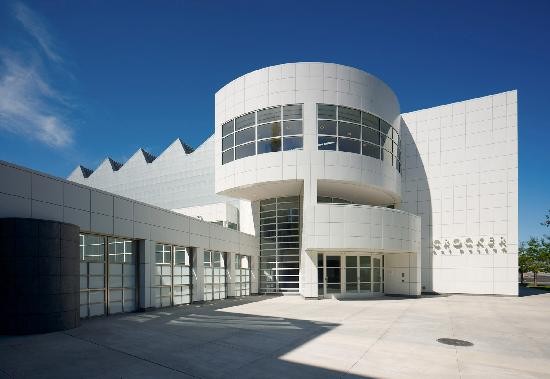
The Crocker includes a number of rotating galleries that exhibit works of American and European art, as well as Asian art and works by local artists.
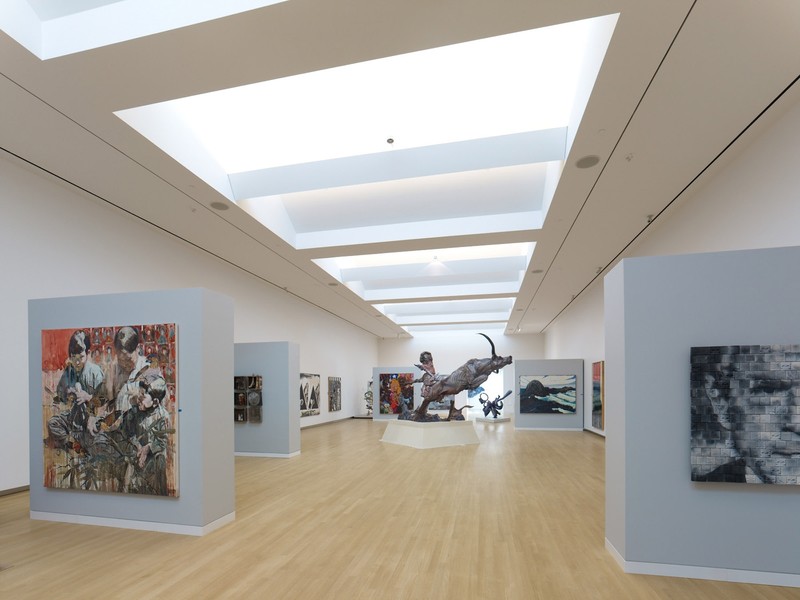
The historic Crocker mansion and modern Feel Family Pavilion comprise the main buildings of the Crocker Art Museum.
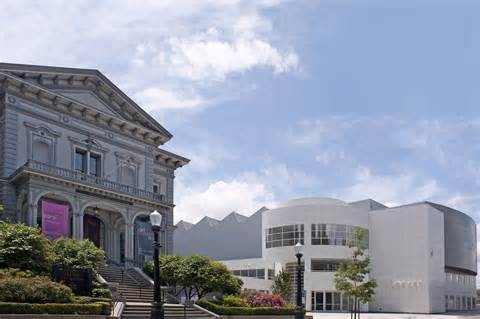
This Italianate mansion was purchased by the Crockers in 1868 and renovated to be their home and art gallery. It still serves as an art gallery today. Wikimedia Commons.
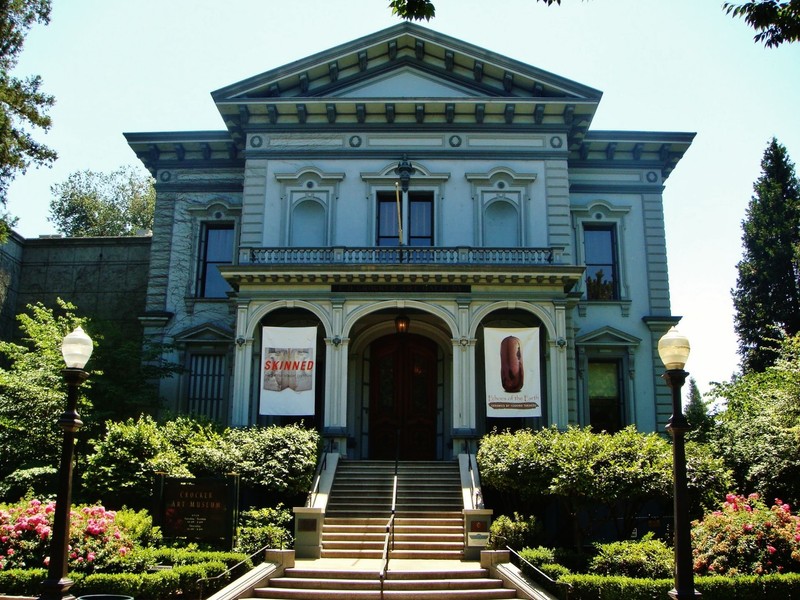
After his retirement from a long career in law, Edwin B. Crocker served took his family to Europe where they collected much of their European art collection. Wikimedia Commons.
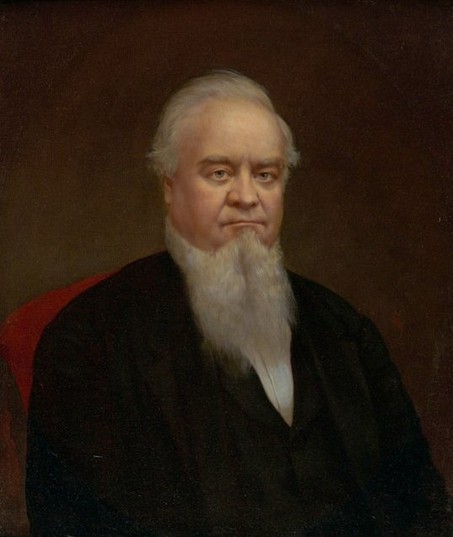
A photo from around 1910 depicting art classes at the Crocker Museum. The tradition continues today with art classes held in the Teel Family Pavilion studios. Library of Congress.
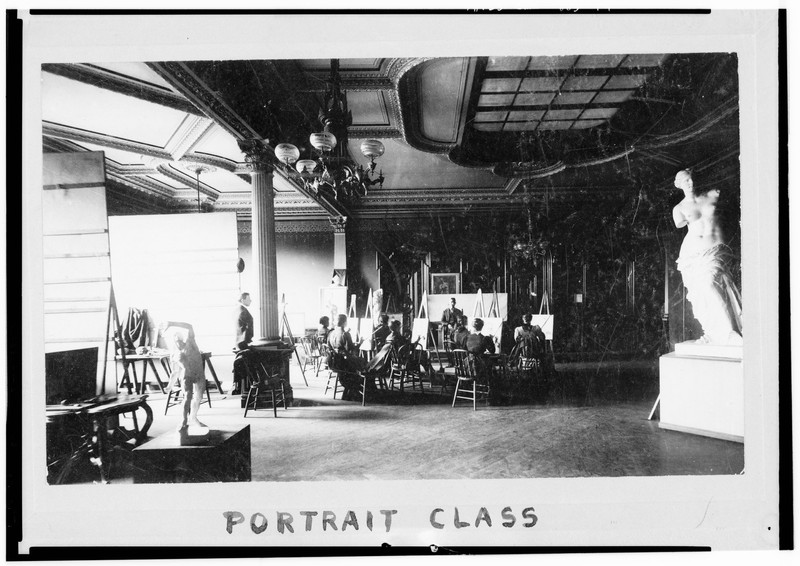
The Crocker has a special focus on collecting and exhibiting Californian art. This painting by landscape artist Thomas Hill captures the beauty of Yosemite Valley. Wikimedia Commons.
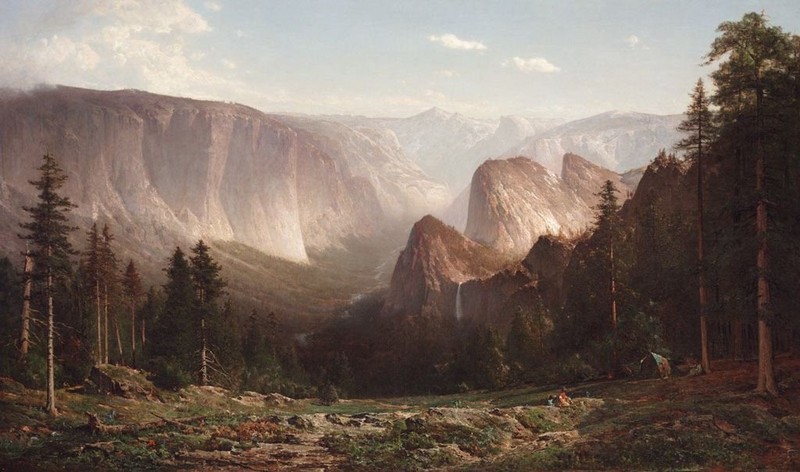
In addition to American art, European art from the sixteenth to nineteenth centuries also comprise the Crocker's core collections. This is a painting by German artist Eugen Adam.
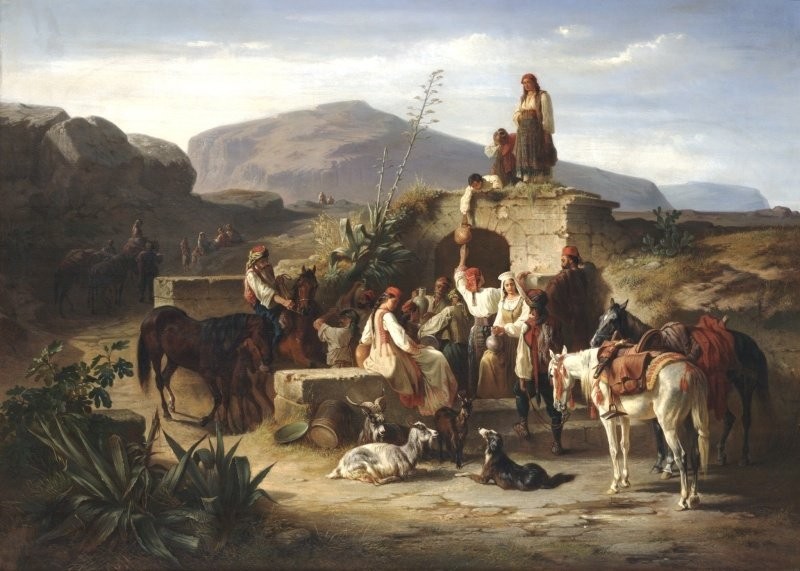
Backstory and Context
Text-to-speech Audio
The Crocker family has their roots in New York and Indiana, though a number of family members made their way to California where they established lucrative careers, which led to the founding of the Crocker Museum. Edwin B. Crocker (1818-1875) practiced law in Indiana, where he was an avid abolitionist, and later served as an Associate Justice of the California Supreme Court between 1863 and 1864. Edwin’s brother, Charles Crocker, was one of the “Big Four” investors in the Central Pacific Railroad, which constructed part of the First Transcontinental Railroad in the late nineteenth century. Edwin grew wealthy from his investments and work with his brother’s railroad company. Edwin’s wife, Margaret Rhodes, devoted time to their daughters, their church, and a number of civic causes, including abolition.
Upon Edwin’s retirement, the Crockers dedicated their time and wealth to philanthropy. In 1868, they purchased a home in Sacramento. They commissioned architect Seth Babson to renovate the 1853 home into a lavish Italianate mansion and construct a multifaceted museum on the property, which included an art gallery, natural history museum, library, and entertainment such as a bowling alley and skating rink. While the property transformed, the Crockers traveled Europe on a Grand Tour, which introduced them to the finest works of art and architecture. They built the core of their European art collection at this time, collecting Dutch, Flemish, and Italian Baroque works. In 1872, the family moved into their renovated home and began bringing the art gallery to life. After Edwin died in 1875, Margaret organized the art gallery to ensure its impressive collections would be enjoyed by all.
In 1885, Margaret deeded the E.B. Crocker Art Gallery to the City of Sacramento and California Museum Association. (now the Crocker Art Museum Association). She served as a Board member and continued her philanthropic work, including sponsoring students at art schools. The gallery was renamed the Crocker Art Museum in 1978, and in 1989, the historic mansion underwent modern renovations. The Museum expanded at the turn of the twenty-first century to accommodate new galleries, art studios, library, and an education center. Gwathmey Siegel & Associates Architects designed a modern 125,000 square foot museum called the Teel Family Pavilion, which opened in 2010.
The Crocker houses notable collections of American and European art, with a focus on works by California artists or depictions of the American west. The Museum continues to collect art created by professional artists as well as students and local community members. In the spirit of Margaret Crocker, the Museum offers art classes and educational programs for all ages.
Sources
“About the Crocker.” Crocker Art Museum. Accessed February 2018. https://www.crockerart.org/about
“The Crockers.” Crocker Art Museum. Accessed February 2018. https://www.crockerart.org/crockers
“FAQ.” Crocker Art Museum. Accessed February 2018. https://www.crockerart.org/faq
National Park Service. “E.B. Crocker Art Gallery.” National Register of Historic Places Inventory-Nomination Form. Washington, D.C.: National Park Service, Department of the Interior, 1970. Accessed February 2018. https://npgallery.nps.gov/NRHP/AssetDetail?assetID=e671de17-3822-4558-bd13-f76532fc2ae7
National Park Service. “Crocker Art Gallery, 216 O Street, Sacramento, Sacramento County, CA.” Historic American Building Survey. National Park Service, U.S. Department of the Interior, 1960. From Prints and Photographs Division, Library of Congress (HABS CAL 34-SAC 20-16). http://www.loc.gov/pictures/collection/hh/item/ca0514/
Images:
“Entrance to the Crocker Art Museum in Sacramento.” Photo. May 7, 2007. Photo by I, Amadscientist. Wikimedia Commons. Accessed February 2018. https://commons.wikimedia.org/wiki/Category:Crocker_Art_Museum#/media/File:Crocker_1.jpg
“Portrait of Edwin B. Crocker.” Painting. 1872. Stephen William Shaw. Crocker Art Museum. Wikimedia Commons. Accessed February 2018. https://en.wikipedia.org/wiki/Edwin_B._Crocker#/media/File:E_B_Crocker_by_Stephen_W_Shaw.jpg
National Park Service. “Portrait Class.” Historic American Building Survey. 1910. Crocker Art Gallery, 216 O Street, Sacramento, Sacramento County, CA. National Park Service, U.S. Department of the Interior, 1960. From Prints and Photographs Division, Library of Congress (HABS CAL 34-SAC 20-16) https://www.loc.gov/pictures/item/ca0514.photos.014658p
“Great Canyon of the Sierra, Yosemite.” Oil on canvas. Thomas Hill. 1972. Crocker Art Museum. Wikimedia Commons. Accessed February 2018. https://commons.wikimedia.org/wiki/File:Thomas_Hill_-_Great_Canyon_of_the_Sierra,_Yosemite.jpg
“Dalmatian Peasants at the Spring.” Oil on canvas. Eugen Adam. 1869. Crocker Art Museum. Wikimedia Commons. Accessed February 2018. https://commons.wikimedia.org/wiki/File:Dalmatian_Peasants_at_the_Spring_by_Eugen_Adam,_1869.jpg
